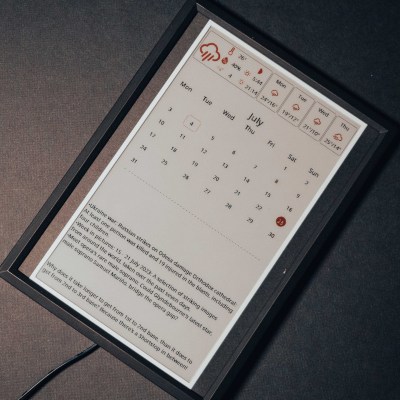We say this with the greatest respect, but [Joel] — your exercise routine is horrible! Kudos for getting up and doing something, but 108 trips up and down the stairs? That sounds like torture, not exercise. Even [Joel] admits that it’s so boring that he loses count, and while we’d bet that he isn’t likely to restart the routine when that happens, it’s still annoying enough that he built this clever little lap counter to automate the task.
We kid, of course; any exercise is better than no exercise, and the stairs offer few excuses for skipping the daily workout. To bust the boredom problem, [Joel] toyed with a couple of ideas for toting up his laps before landing on a beam-break optical system with sensors at the top and the bottom of the stairs. Worried about the potential for false triggering by swinging arms and legs, he searched for ideas for bounceless switch circuits in the old “Engineer’s Notebook” by [Forrest Mims] and found a circuit close enough to modify for his needs. Each sensor setup has a high-output red LED and a phototransistor on one side of the stairwell, and a retroreflector on the opposite wall. Breaking the beam switches off the LED on that sensor and switches the other one on, to save on battery power.
The sensor’s flips and flops are counted and displayed on a three-digit seven-segment LED; [Joel] offers no detail on the counter itself, but with [Mims] as his muse, we suspect it’s something like the three-digit BCD counter circuit a few pages on from the bounceless switch circuit. The lap counter is shown in action in the brief video below.
Continue reading “Clever Circuit Makes Exercise Slightly Less Boring”


















